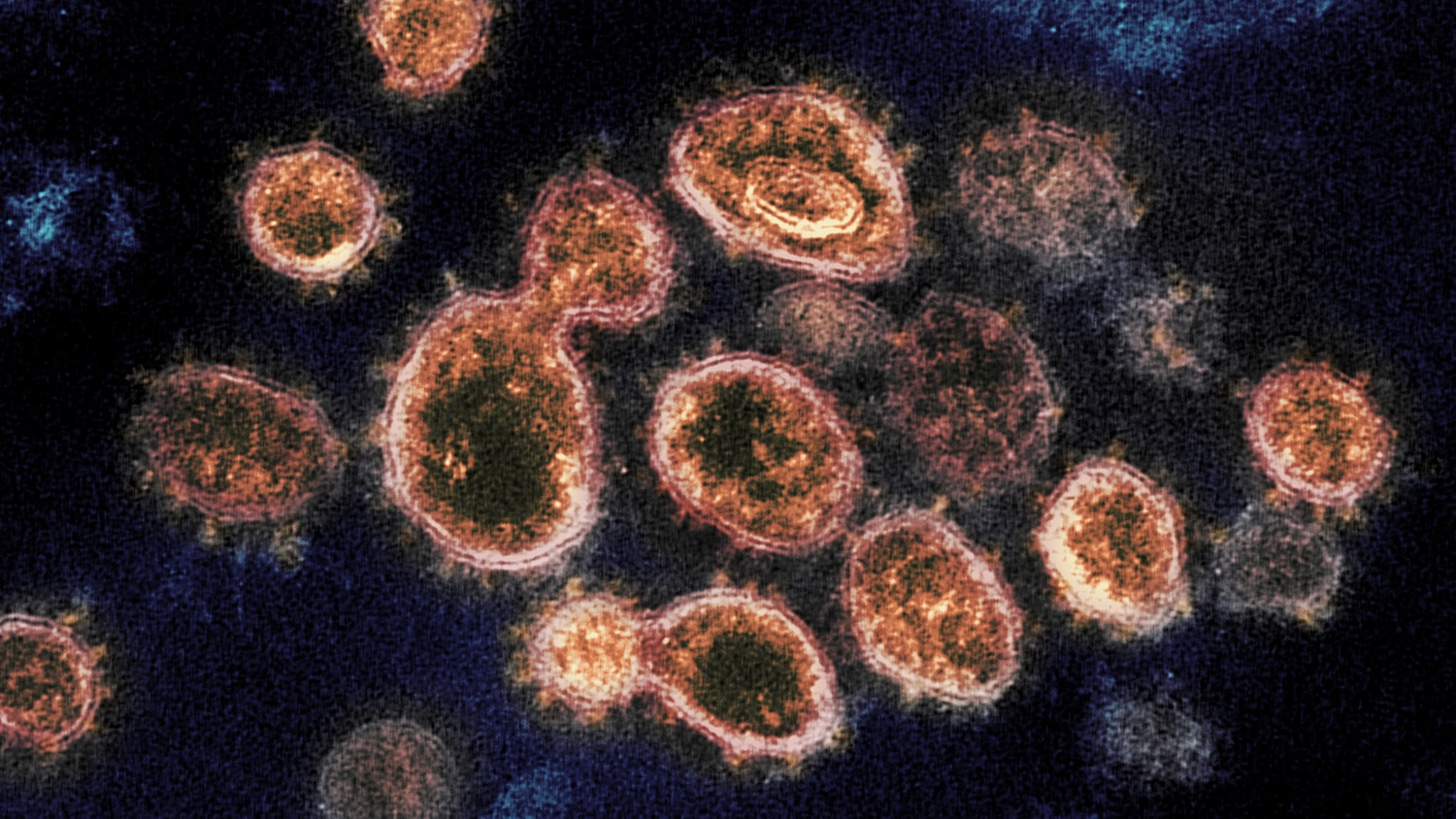Bidirectional Contact Tracing Could Have a Dramatic Impact on COVID-19 Infection Numbers

Contact tracing is an important component of mitigating the spread of infections like COVID-19. Alun Lloyd, Drexel Professor of Mathematics at NC State, works with computational models to help us understand how diseases spread. Lloyd recently co-authored a study that found bidirectional contact tracing is twice as effective as forward tracing, the contact tracing method currently in use.
Kevin Esvelt of MIT was corresponding author of the study, with other coauthors from Boston University and the Max Planck Institute for Biology of Ageing. The work appears in Nature Communications.
The Abstract sat down with Lloyd to talk about what bidirectional tracing is, how it works, and why it’s a good way to get a clearer picture of how infection travels through a population.
TA: What do we mean by “bidirectional” tracing as opposed to forward-tracing?
Lloyd: Contact tracing is part of the “test-trace-isolate” approach for controlling infection. Potentially infected people are tested to confirm whether they are indeed infected, and then asked to isolate until they are no longer infectious. In turn, their contacts are tested and isolated, and so on. By identifying and isolating infectious people, this “test-trace-isolate” approach reduces ongoing transmission.
Contact tracers ask an infected person – or focal person – about recent contacts. These represent occasions when transmission might have happened.
Because of the timeline of infection*, contacts of the focal person in the most recent few days represent occasions when he/she might have transmitted infection to someone else. We call this forward tracing: trying to find who our focal individual might have infected. If we ask about contacts further back in time, we might find the person from whom our focal person got infected: this would be backward tracing.
[*Note: the timeline of infection is exposure; then latent period, typically lasting a few days, in which the infected person is not yet infectious; then a few more days during which the infected person is infectious but is not yet symptomatic; and then maybe a day or two longer before a test confirms that someone is indeed infected. This timeline can vary considerably. For example, some people never display symptoms of infection.]
If we just ask about recent contacts (for example those in the two days before onset of symptoms or a positive test), we can forward trace. If we ask about contacts over a longer period of time (e.g. six days before symptoms) we would trace both forward and backward: bidirectional tracing.
TA: Why do most contact tracing programs only forward-trace? Were both approaches thought to be equally effective?
Lloyd: Bidirectional tracing needs information about contacts over a longer period of time. A contact tracer has to be in touch with each of these people. Looking over a longer period of time means more people to contact, so it involves additional work, and possibly quite a lot of additional work (e.g. potentially three times as many contacts over a 6-day period than a 2-day period). Also, the further back in time you look, the less likely that contact is to still be infectious, so it wasn’t clear whether finding those people would be helpful.
TA: How much more effective is bidirectional contact tracing?
Lloyd: In our model, bidirectional contact tracing achieves more than double the reduction in the effective reproduction number (“the R number”) than does forward tracing.
Why might bidirectional contact tracing be more effective? One reason is because of “superspreading”: most infected people cause a relatively low number of secondary infections, while a few people cause many secondary infections. A randomly chosen infected person is unlikely to be a superspreader, so tracing from them will only save a few cases. Superspreaders cause a disproportionate fraction of all infections, so if you look at the person who infected me, that person is more likely to be a superspreader than a typical person. So looking backwards increases the chance of finding a superspreader.
Here’s a slightly exaggerated example to illustrate the idea: Let’s say that 99% of people cause an average of one infection, but 1% of people cause an average of 50 infections. If I randomly choose an infected person, the probability that I find a superspreader is just 1%. But it turns out that, for these numbers, if I randomly choose an infected person and ask who infected them – i.e. I trace backwards – I have a 33% probability of finding a superspreader.
Why? Looking at 100 randomly chosen people, they cause an average of 99*1 + 1*50 = 149 infections. 66% of those infections are due to “regular” people (99/149 = 66%), but 33% (50/149 = 33%) are due to the one superspreader. Despite being only one person out of 100, they are responsible for a third of cases. If I randomly choose an infected person and ask who infected that person – tracing backwards – I find a superspreader with a probability of 33%.
Again, these numbers are exaggerated to help make the point.
Combine this with the large fraction of COVID-19 infections that are asymptomatic – that would go unnoticed in the absence of regular testing across the entire population – and you see why backwards tracing can be beneficial.
TA: What are the barriers to implementing this approach?
Lloyd: It is a lot more labor intensive, because contact tracers have to be in touch with many more people. The workload could be reduced if automated contact tracing, e.g. using cellphone based apps, was widely adopted. Despite a lot of early hope and indeed hype, the use of cellphones and tracing apps has had lower uptake than needed to make a major dent.
This post was originally published in NC State News.
- Categories:


